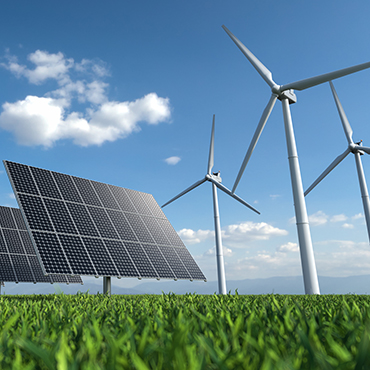Baker Botts L.L.P. has added Matthew Gurch to the Energy, Projects & Transactions Section of the Global Projects Department as a partner in the Washington, D.C. office.
Gurch’s practice focuses on advising sponsors and private lenders and multilateral development banks in domestic and international energy and infrastructure project development and financings. His broad-based experience includes tax equity structuring and back leverage debt financings for renewable and energy transition assets, and the development and financing of nuclear and other thermal power generation and oil and gas projects.
“Matt is a highly experienced project development and finance attorney and another key strategic lateral partner hire for the firm,” said Danny David, Managing Partner of Baker Botts. “His experience advising clients with respect to complex domestic and international energy and infrastructure projects will be a great complement to our outstanding offerings in those areas. We are excited to welcome him to the firm.”
He joins the firm from Stoel Rives, where he was a partner in the Corporate practice group and a member of the Energy and Natural Resources Industry Groups.







